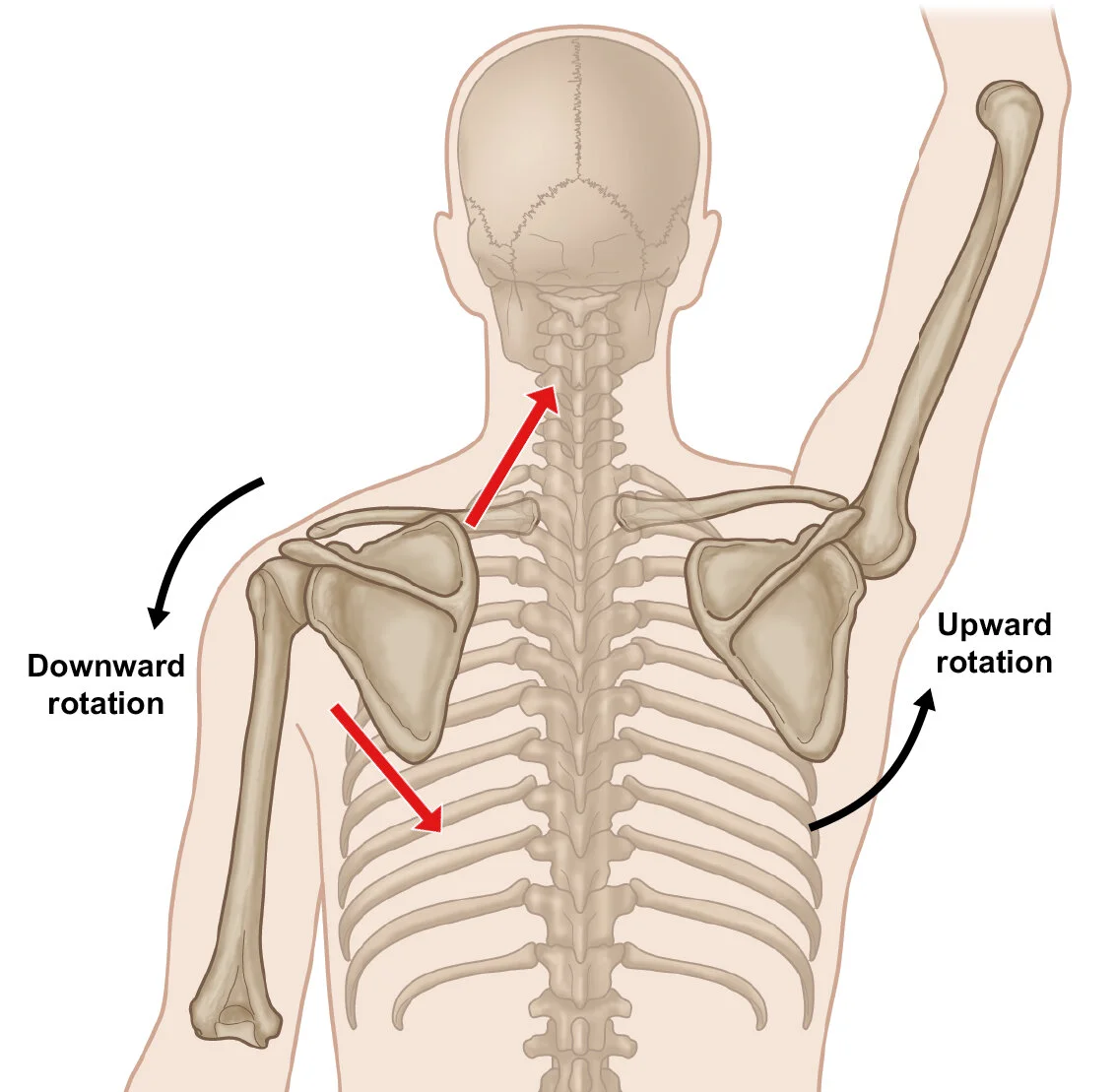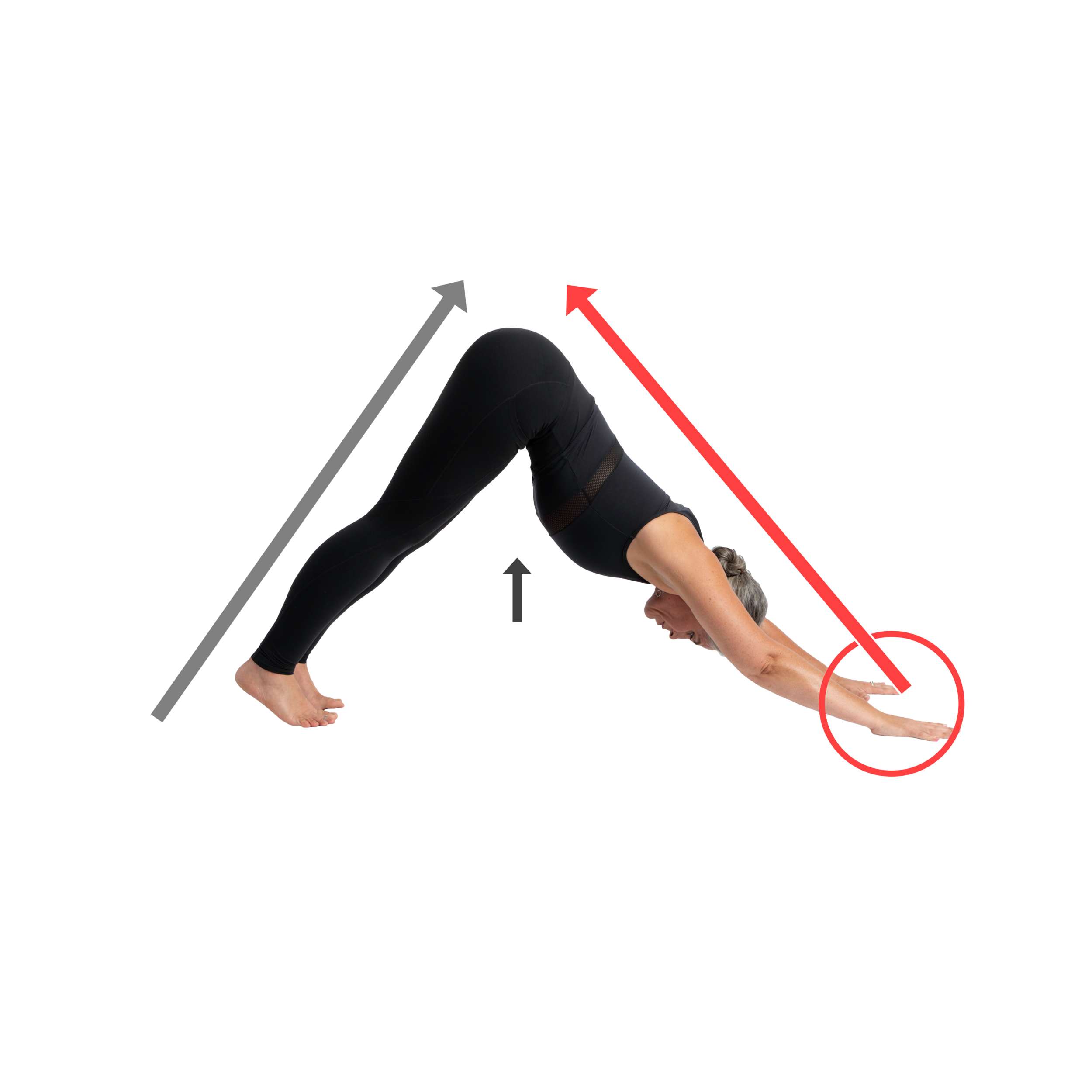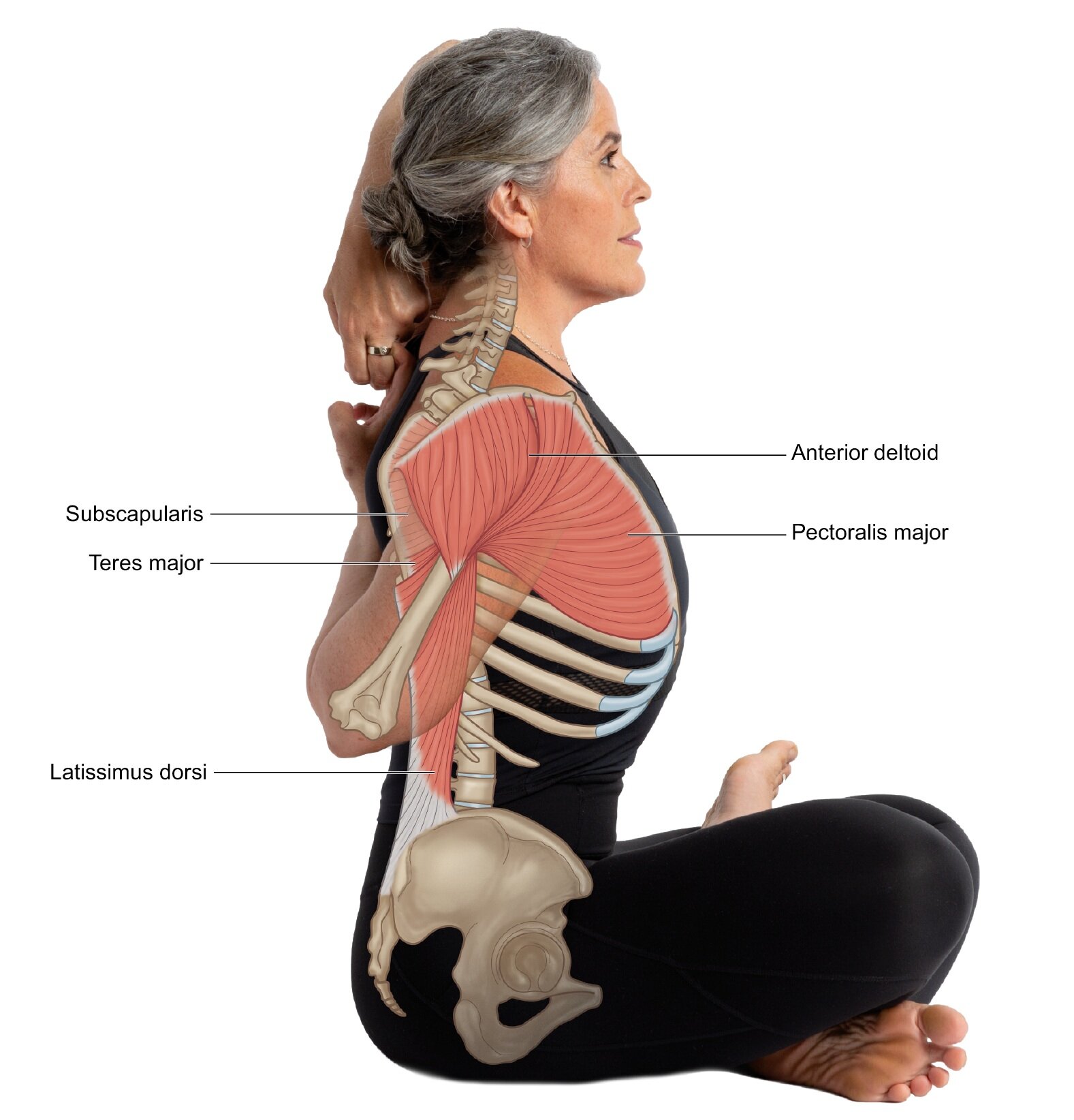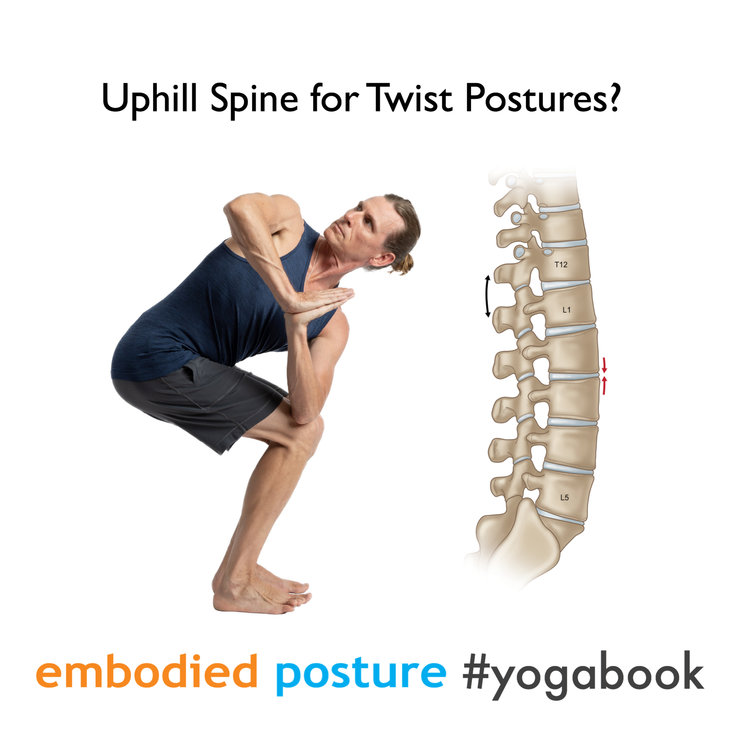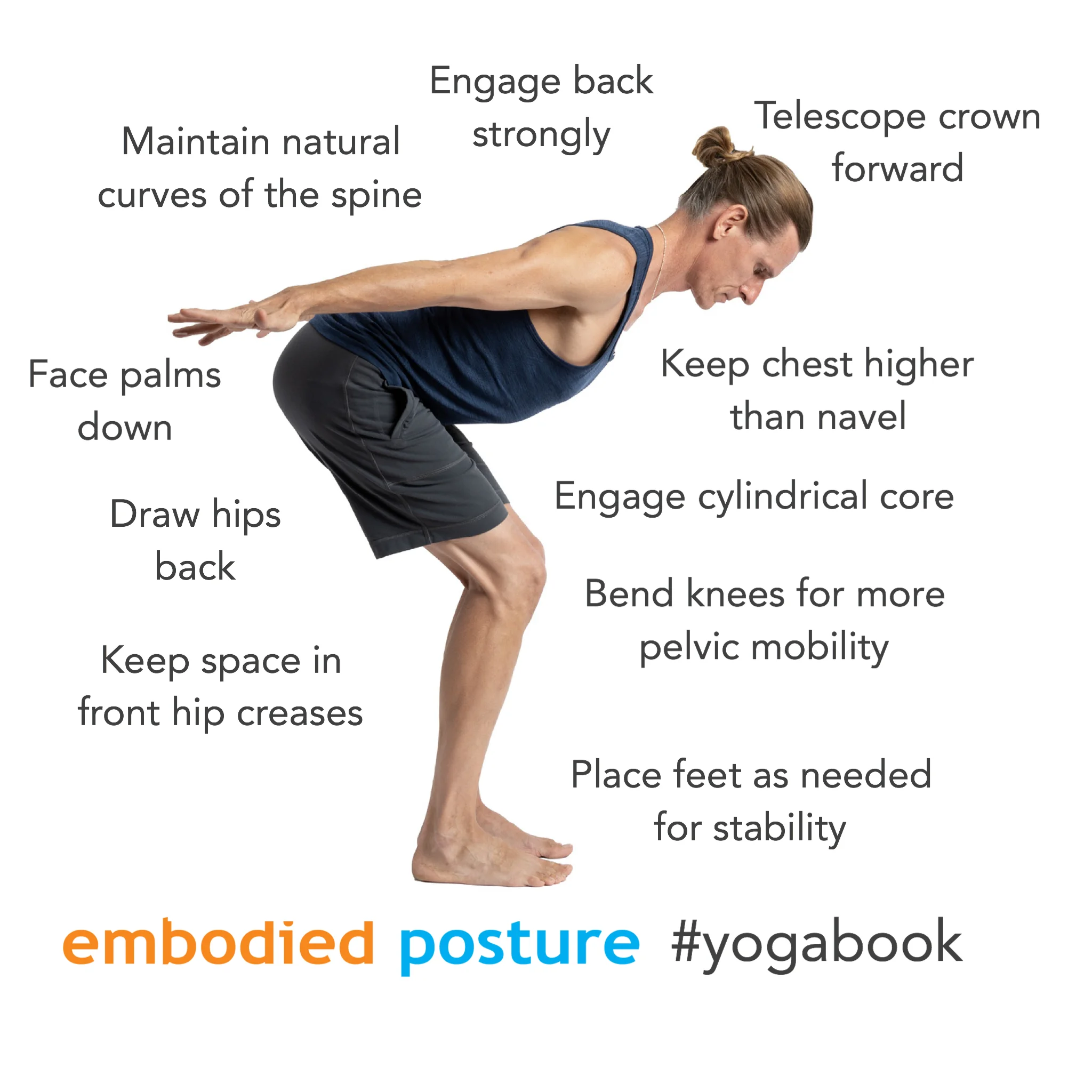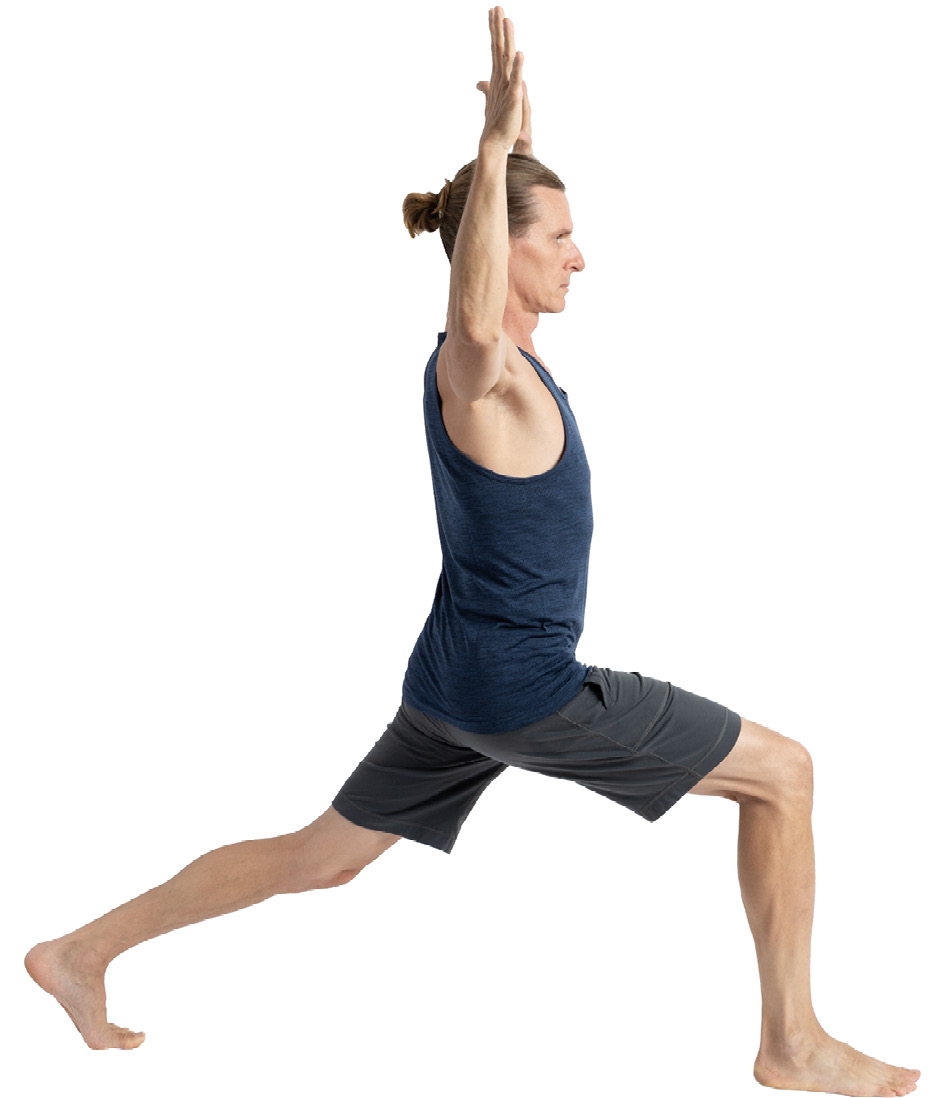Back pain can significantly impact our daily lives and overall well-being. But, no matter the cause, finding relief can be overwhelming when you don't know where to begin. In this article, I will share my top five things you can do now to relieve your pain. Here are five things you can do now for back pain relief.
Read MoreA beautiful visual example of functional core and breath can be seen in most 1.5-year-old babies as they engage playfully in the world around them. The next time you have the privilege to watch a little one toddling around in a diaper—squatting, reaching, and lifting, notice how they breathe, the organization of their spine, and the fullness of their belly. You will be witnessing the most natural and perfect core at work.
Read MoreThere are a few circumstances that can cause chronically hyperactive hamstrings. Here, I will address the primary causes. Keep in mind imbalanced muscles don't exist in isolation. There are typically multiple areas of the body contributing to imbalance, even if it is only felt in one place.
Read MoreThe Levator scapula (LS) is a muscle whose primary job is to lift the shoulder blade. It also helps to downwardly rotate the scapula (shoulder blade). Downward rotation happens when the arm is lowered after being lifted. This muscle is often the culprit of shoulder and neck pain along with headaches. Get to know this muscle and its relationship to overhead arm actions, scapulohumeral rhythm, and the rotator cuff.
Read MoreWhen the scapula isn’t synchronizing with arm movements, the subacromial space is compromised. This is crucial, because of the most commonly injured rotator cuff muscle/ tendon living in this space. The supraspinatus tendon is almost always involved in chronic rotator cuff pain and weakness. The subacromial space sits under the roof of the acromion process. The acromion is also part of the scapula. Imagine moving your arm up and down for years without the scapula also moving in concert with it.
Read More




